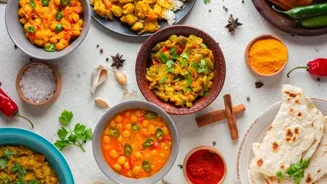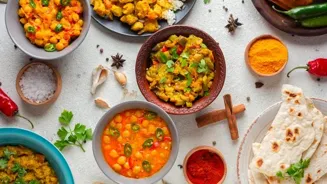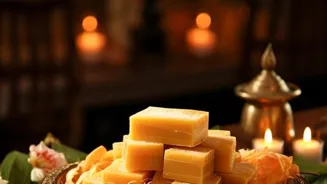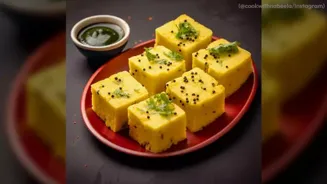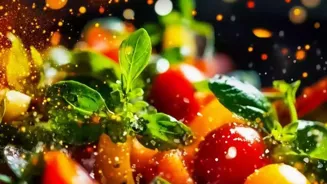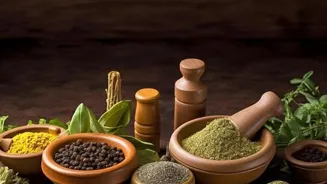Unveiling India's Spice Tapestry: A Culinary Journey Awaits! Delve into regional flavors and spice secrets. Discover more here
India, a land of vibrant cultures and diverse landscapes, is also a treasure
trove of culinary traditions. At the heart of Indian cuisine lies the magic of spices. Each region boasts a unique palate, shaped by local produce, climate, and historical influences.
This leads to distinct spice blends and cooking styles that define the flavors of each area. Let's embark on a flavorful journey across India, discovering how different regions utilize spices to create their signature dishes.
North India's aromatic cuisine: rich, balanced spices; saffron in sweets
North India, known for its rich and creamy dishes, uses spices generously but in a balanced manner. The spice blends typically include cumin, coriander, turmeric, and garam masala.
Dishes like chole bhature and vegetable biryani showcase the region's emphasis on aromatic profiles and slightly sweet notes. Saffron, an expensive spice, is used in some North Indian sweets and biryanis to add color and a delicate aroma.
South India's cuisine: spicy, tangy dishes with unique spice blends and coastal influences
South India, a land of coconut trees and coastal plains, features spices like mustard seeds, curry leaves, and asafoetida prominently. The cuisine here is characterized by its tangy and spicy nature, with the use of tamarind and chilies being common.
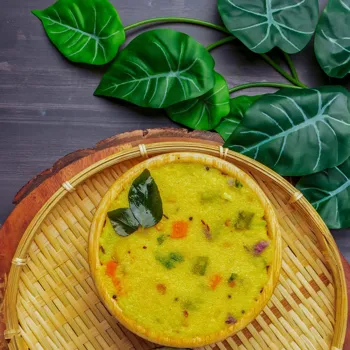
Dishes like sambar and rasam, staples in South Indian households, get their unique flavor from the specific blend of spices used in each region. Coastal areas also incorporate seafood into their preparations, adding a different dimension to the spice profiles.
East India's unique spices create flavorful dishes
East India, famous for its sweets and subtle flavors, uses a unique blend of spices called "panch phoron," which consists of five spices: cumin, mustard, fenugreek, nigella, and fennel seeds. This blend is used to temper oil and add a distinct aroma to various dishes.
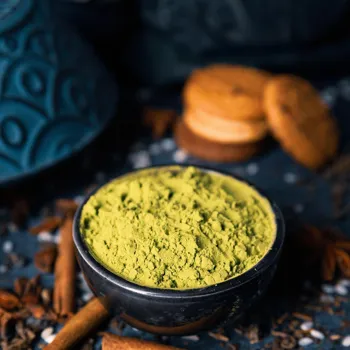
Bengal, in particular, is known for its love of mustard oil and the use of poppy seeds in its cuisine. The cuisine takes advantage of a gentle, flavorful embrace with spices here.
West India's diverse spice usages in sweet, savory dishes
West India, with its diverse cultures and landscapes, showcases a variety of spice usages. Gujarat, known for its sweet and savory dishes, uses a blend of sugar, spices, and lentils. Maharashtra, on the other hand, prefers a spicier flavor profile, using spices like goda masala and black pepper.
Goa, with its Portuguese influence, features dishes that incorporate vinegar and chilies, creating a unique fusion of flavors. The West blends tradition with innovation in its application of flavorings.
Central India: Fusion of North and West Indian flavors in cuisine
Central India, the heart of the country, offers a blend of North and West Indian flavors. The cuisine here is often characterized by its use of wheat and lentils, with spices like coriander, cumin, and turmeric forming the base of the spice blends.
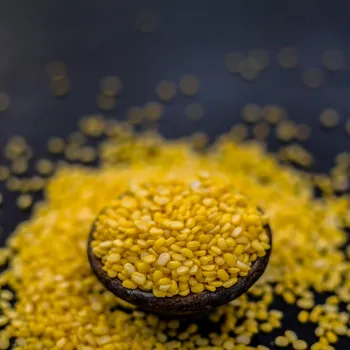
Dishes like dal bafla and bhutte ka kees showcase the region's reliance on locally sourced ingredients and simple yet flavorful cooking techniques blending flavors from nearby areas.
Northeast India's culinary treasures: unique spices and flavors
The Northeast India, a hidden gem of culinary delights, utilizes local herbs and spices that are unique to the region. Fermented foods and bamboo shoots are common ingredients, adding a distinct flavor to the dishes.
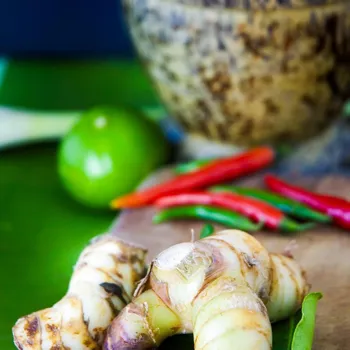
Spices like Raja Mirchi and ginger are used generously, contributing to the region's spicy and aromatic cuisine. This area is known for its bold flavors and reliance on natural ingredients for creating distinct flavoring.
Spices of the North
Saffron threads delicately enhance the aroma and color of biryanis and sweets, adding a touch of luxury. Garam masala, a fragrant blend of warming spices like cinnamon, cardamom, and cloves, adds depth and complexity to curries and stews.
Cumin, with its earthy flavor, is a staple in many North Indian dishes, providing a grounding element.
South Indian Spice Secrets
Mustard seeds, when tempered in hot oil, release a nutty aroma that forms the base of many South Indian dishes. Curry leaves, with their distinct fragrance, are added whole to curries and lentils, imparting a unique flavor profile.

Asafoetida, with its pungent smell and taste, is used sparingly to add a depth of flavor and aid digestion.
Eastern Flavors
Panch phoron, a unique blend of five spices, is a signature spice blend of East India, lending a distinct flavor to vegetable dishes and lentils. Mustard oil, with its pungent flavor, is a primary cooking medium in Bengal, adding a characteristic taste.
Poppy seeds, ground into a paste, are used to thicken gravies and add a nutty flavor to dishes.
Western India's Spice Story
Goda masala, a unique spice blend from Maharashtra, adds a sweet and spicy flavor to vegetables and lentils. Black pepper, used generously in Goan cuisine, adds a fiery kick to seafood and meat dishes.
Sugar, combined with spices in Gujarati cuisine, creates a harmonious blend of sweet and savory flavors.
Central Indian Spices
Coriander powder, with its citrusy notes, adds brightness to curries and lentil dishes. Cumin powder, with its earthy flavor, is used to season vegetables and add depth to gravies. Turmeric powder, with its warm color and anti-inflammatory properties, is a staple in many Central Indian dishes.
Northeastern Spice Delights
Raja Mirchi, one of the hottest chilies in the world, adds a fiery kick to meat and vegetable dishes. Ginger, used generously in Northeastern cuisine, adds warmth and spice to curries and stews.
Fermented foods, with their unique flavor profile, are incorporated into many dishes, adding a tangy and savory element.
The Art of Blending
Understanding the properties of each spice is crucial for creating a balanced and flavorful dish. The order in which spices are added to the cooking process also plays a significant role in the final taste.
Some spices, like cumin and coriander, are best added early on to allow their flavors to infuse into the oil. Other spices, like garam masala, are best added towards the end to preserve their aroma and freshness.
The Importance of Freshness
Freshly ground spices have a more potent flavor and aroma than pre-ground spices. Investing in a good quality spice grinder and grinding your own spices can significantly enhance the taste of your dishes.
Storing spices in airtight containers in a cool, dark place will help to preserve their freshness for longer.
Beyond Flavor
The Health Benefits of Spices: Spices are not only essential for flavor but also offer a wide range of health benefits. Turmeric, for example, has anti-inflammatory and antioxidant properties. Ginger aids digestion and helps to relieve nausea. Cumin has been shown to improve cholesterol levels.
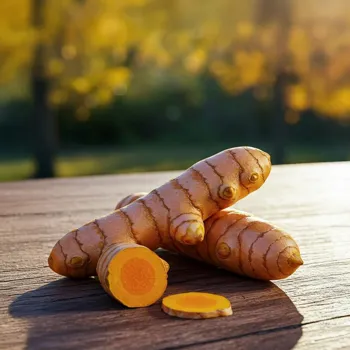
Incorporating spices into your diet is a delicious way to boost your health.
Conclusion
Exploring the regional spice usage of India is a fascinating journey that reveals the country's rich culinary heritage. By understanding the nuances of each region's spice blends and cooking techniques, one can truly appreciate the diverse and flavorful world of Indian cuisine.
So, dive in, experiment with different spices, and discover your own perfect blend. Happy cooking!
AI Generated Content. Glance/InMobi shall have no liability for the content